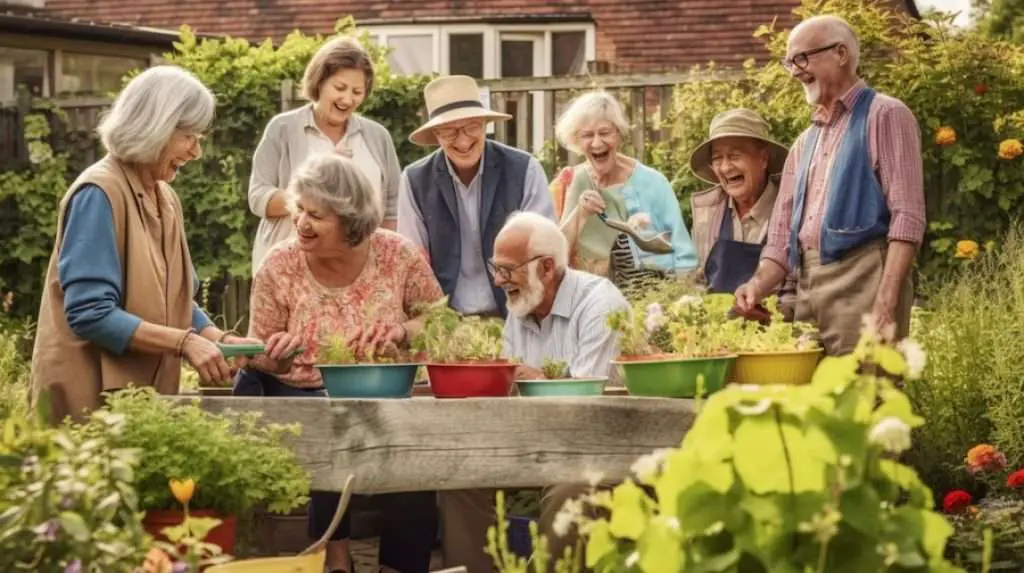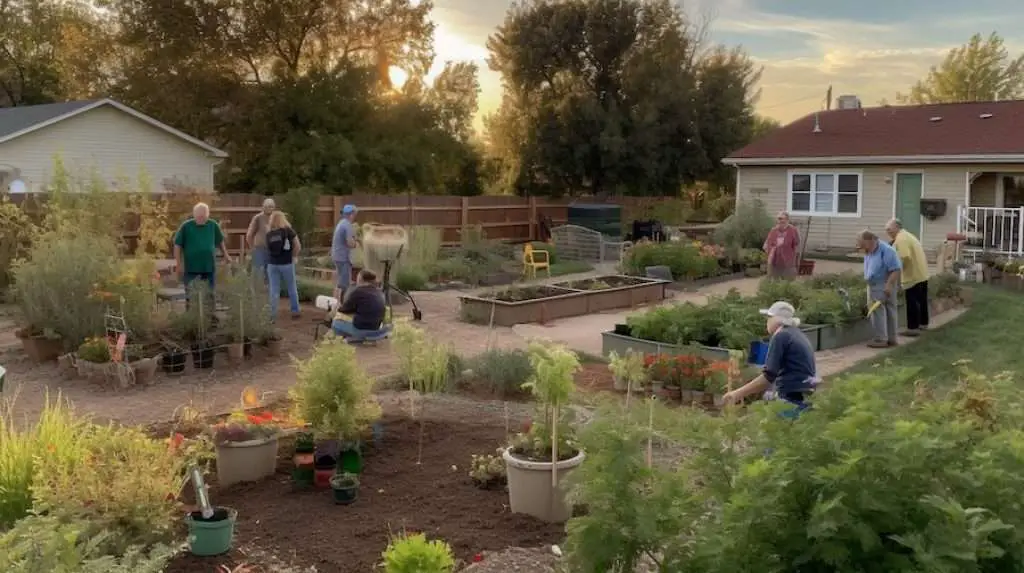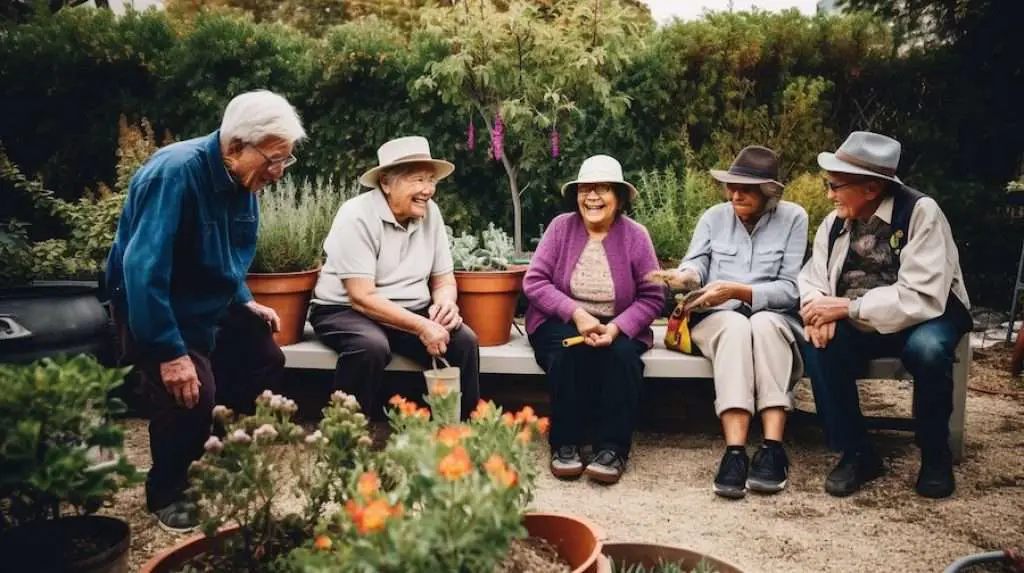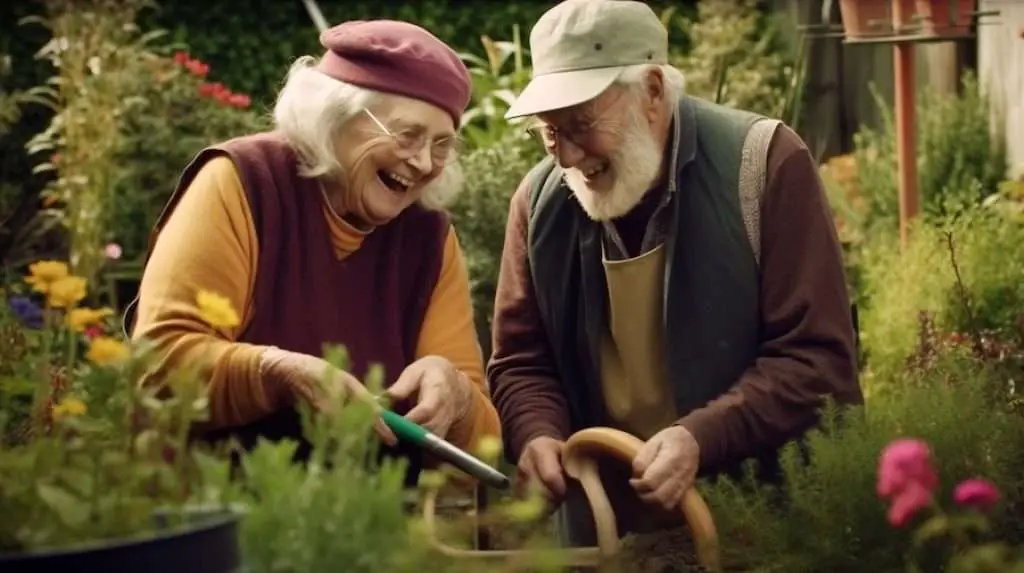Know the Benefits of Gardening For Seniors! More than just a hobby, gardening is a joy for all ages. But for seniors, it can be especially rewarding. Getting your hands in the dirt provides both physical and mental health benefits. Whether you’re at home or in a senior community, Memory Lane Therapy will guide you to start a garden!
Watch your well-being bloom with this amazing hobby!
Physical Benefits of Gardening for Seniors
Gardening offers a delightful and rewarding way for seniors to stay active and healthy, both physically and mentally. Here’s how:
- Boosts Physical Fitness: Digging, planting, and weeding gently improve flexibility, strength, and balance, all crucial for preventing falls. This low-impact exercise can also help maintain muscle mass and bone density, reducing the risk of injuries.
- Sunshine & Immunity: Spending time outdoors allows seniors to soak up vitamin D, essential for strong bones and a healthy immune system. Sunshine exposure can also boost mood and energy levels.
- Sharpened Skills: Fine motor skills and hand-eye coordination benefit from the act of planting seeds, weeding, and caring for plants. These activities can be especially helpful for those with arthritis, as they promote dexterity and improve grip strength.

Mental Benefits of Gardening for Seniors
Gardening isn’t just about pretty flowers – it can be a powerful tool for senior mental health! Here’s how:
- Stress & Anxiety Relief: The repetitive motions and focus required for gardening can provide a calming effect, reducing stress and anxiety.
- Mood Magic: Spending time in nature and nurturing life has a mood-boosting effect, promoting feelings of happiness and well-being.
- Sharper Mind: Planning, planting, and caring for your garden stimulates cognitive function, helping to keep memory and focus sharp.
- Purpose & Accomplishment: Watching your garden flourish provides a sense of purpose and accomplishment, combating feelings of isolation and loneliness.

Social Benefits
Gardening is a great way to connect with others. Seniors who garden in a community setting can enjoy the company of other gardeners and share their experiences and knowledge. This can help reduce feelings of loneliness and promote social interaction.

How to Start a Garden in a Senior Living Community
Starting a garden in a senior living community can be a fun and rewarding experience. Here are some tips to help you get started:
1. Determine the Type of Garden
Before you start a garden, it’s important to decide what type of garden you want to create. Some seniors may prefer a low-maintenance garden with succulents, while others may prefer a flower garden with seasonal blooms. Once you have an idea of what you want to grow, you can start planning your garden.

2. Choose the Right Location
When choosing a location for your garden, look for an area that gets plenty of sunlight and is easy to access. If you have mobility issues, consider creating raised beds or using containers to make it easier to reach your plants.
3. Gather Your Supplies
To start a garden, you’ll need some basic supplies, such as soil, plants or seeds, and gardening tools. You can find a variety of gardening supplies at your local garden center or online.
4. Get Started
Once you have your supplies, it’s time to get started. Start by preparing the soil and planting your seeds or plants. Make sure to water your garden regularly and provide the necessary nutrients to help your plants grow strong and healthy.
5. Enjoy the Fruits of Your Labor
Watching your garden grow can be a rewarding experience. As your plants start to bloom and produce fruit or vegetables, take the time to enjoy the beauty and taste of your garden. You can even use your harvest to create delicious meals and snacks.
Key Takeaway
For seniors, gardening goes beyond just tending to plants. It’s a rewarding and fun activity that fosters valuable life lessons. The act of nurturing plants from seeds to blooms teaches patience and the satisfaction of seeing hard work pay off. Plus, the repetitive motions and connection with nature create a calming effect, making it a relaxing hobby to enjoy daily.










